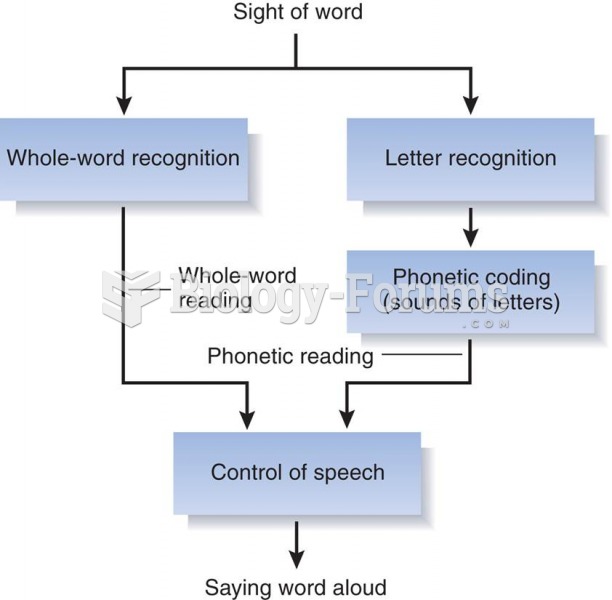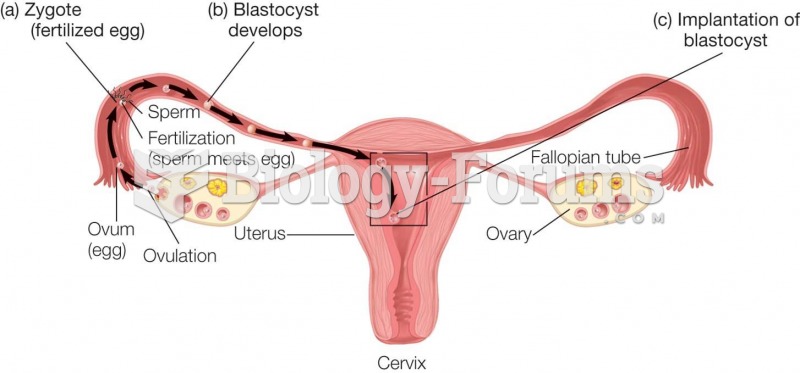Answer to Question 1
Police Investigation: When youths commit a crime, police have the authority to investigate the incident and decide whether to release the youths or commit them to the juvenile court. This is often a discretionary decision, based not only on the nature of the offense but also on conditions existing at the time of the arrest.
Detention: If the police decide to file a petition, the child is referred to juvenile court. The primary decision at this point is whether the child should remain in the -community or be placed in a detention facility or shelter home.
Pretrial Procedures: In most jurisdictions, the adjudication process begins with some sort of hearing. At this hearing, juvenile court rules normally require that juveniles be informed of their right to a trial, that the plea or admission be voluntary, and that they understand the charges and consequences of the plea. If the child denies the allegation of delinquency, an adjudicatory hearing or trial is scheduled.
Adjudication: Adjudication is the trial stage of the juvenile court process. If the child does not admit guilt at the initial hearing and is not transferred to an adult court, an adjudication hearing is held to determine the facts of the case.
Disposition: If the adjudication process finds the child delinquent, the court must decide what should be done to treat the child. Most juvenile court acts require a dispositional hearing separate from the adjudication.
Treatment: After disposition in juvenile court, delinquent offenders may be placed in some form of correctional treatment. Probation is the most commonly used formal sentence for juvenile offenders, and many states require that a youth fail on probation before being sent to an institution (unless the criminal act is extremely serious).
Answer to Question 2
The child saving movement culminated in passage of the Illinois Juvenile Court Act of 1899, which established the nation's first independent juvenile court.
Interpretations of its intentions differ, but unquestionably the Illinois Juvenile Court Act established juvenile delinquency as a legal concept. For the first time the distinction was made between children who were neglected and those who were delinquent.
Delinquent children were those under the age of 16 who violated the law. Most important, the act established a court and a probation program specifically for children.
In addition, the legislation allowed children to be committed to institutions and reform programs under the control of the state.
The key provisions of the act were these:
A separate court was established for delinquent and neglected children.
Special procedures were developed to govern the adjudication of juvenile matters.
Children were to be separated from adults in courts and in institutional programs.
Probation programs were to be developed to assist the court in making decisions in the best interests of the state and the child.







